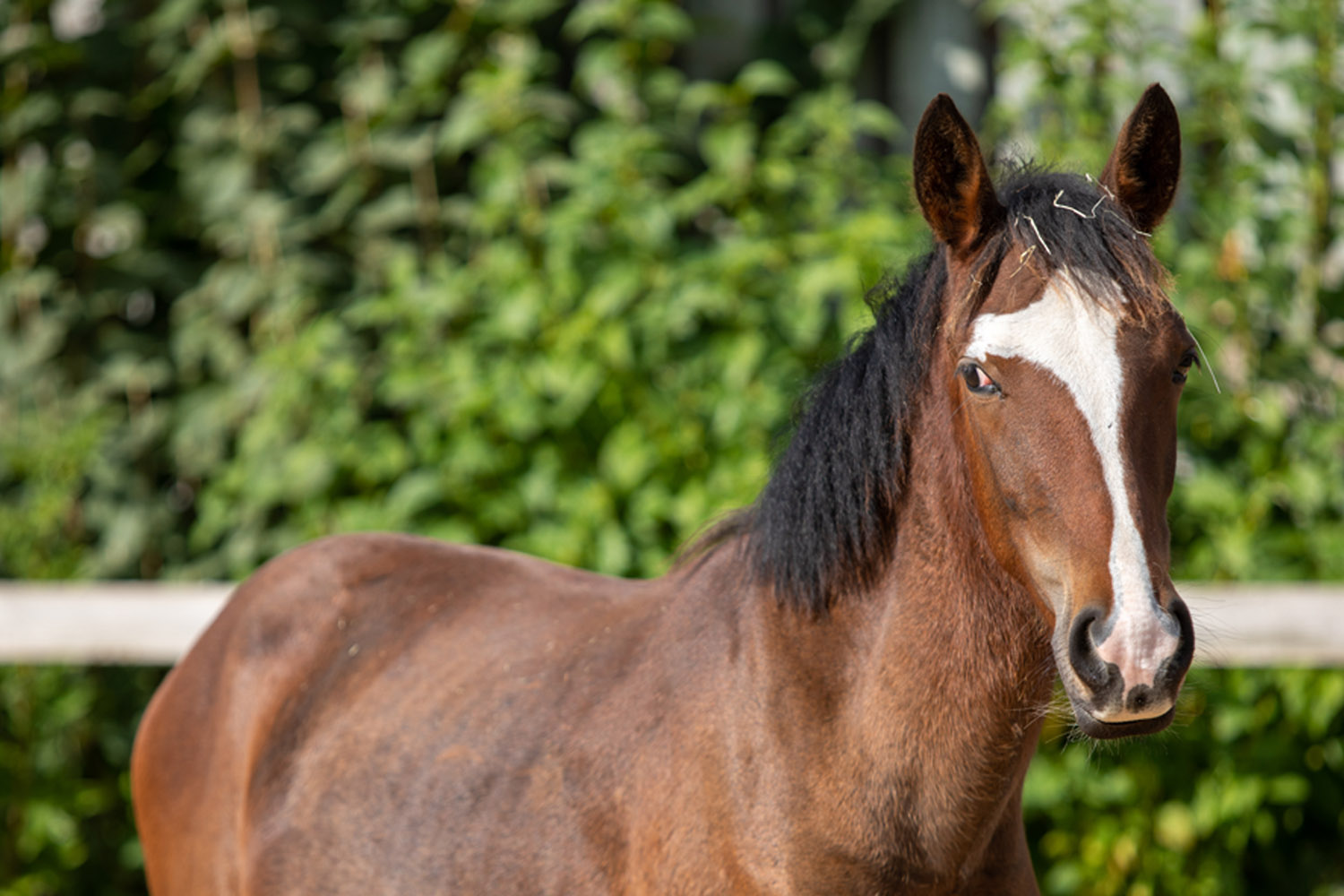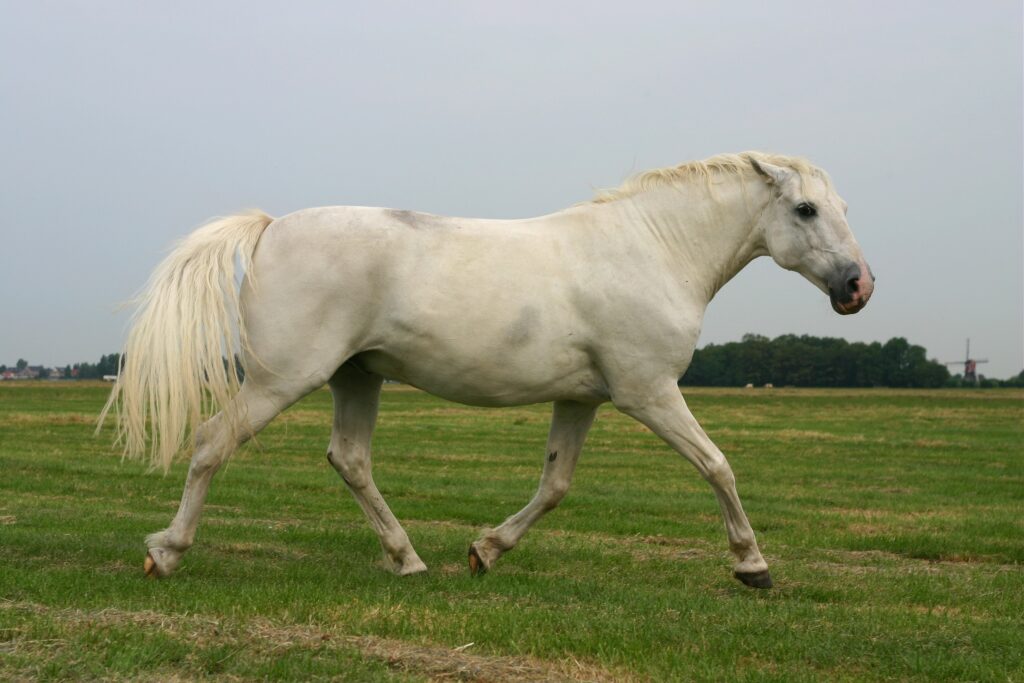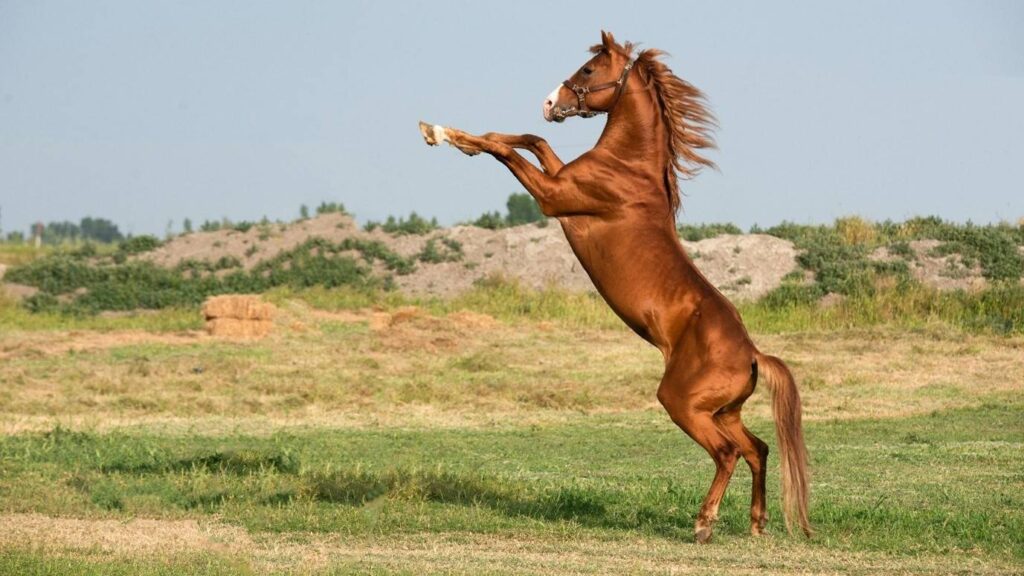Laminitis is a painful and potentially debilitating hoof condition affecting horses. Proper management, including the right horse feed for laminitis, plays a crucial role in preventing and treating this condition. In this article, we delve into how diet can impact laminitis and provide tips for selecting suitable feeds.
The aftermath of a laminitis episode can be heartbreaking, leaving equestrians seeking every possible way to manage it effectively. By prioritizing the right nutrition, we can support our equine friends toward a healthier lifestyle.

What Causes Laminitis?
Understanding what triggers laminitis is vital. This condition occurs when there is an inflammation of the tissues bonding the hoof wall to the pedal bone within the hoof. Overfeeding of high-sugar pastures, obesity, or systemic health problems can increase the risk. Therefore, carefully choosing feeds and managing the intake of certain ingredients is essential.
The Role of Nutrition in Managing Laminitis
Diet plays a pivotal role in managing laminitis. Horses suffering from this condition benefit greatly from low-sugar and low-starch diets, which help prevent blood sugar spikes that can exacerbate the problem.
In addition, ensuring a balanced diet with necessary vitamins and minerals supports the overall health of the horse. You can find more about nutritional deficiencies from sources like Adored Beast – Nutritional Deficiencies.
Low-Sugar Feed Options
Avoiding high-sugar feeds is mandatory for managing laminitis. Opt for feeds that list fiber as a primary ingredient; these slow down the digestive process, helping to manage insulin levels.
Choosing the Right Forage
Appropriate forage is another key element. Horses thrive on a diet rich in forage, which should constitute the majority of their diet. The quality and type of forage are particularly important for those prone to laminitis.
Read more about forage options here.
Low-Nutrient Grasses
Choose grasses that are naturally low in sugar and starch. This might necessitate creating specific grazing plans or relying more on hay and other forage options.
Hay Soaking
Soaking hay can reduce its sugar content, making it a safer choice for horses sensitive to sugars and starches.
Supplemental Choices
Supplements can provide additional support in managing laminitis. Omega-3 fatty acids, for example, have anti-inflammatory properties that may benefit horses with this condition.
Probiotic supplements are another worthwhile consideration as they support gut health and metabolic function. Discover your choices in this guide.
Vitamin E
Key for maintaining hoof health, Vitamin E can sometimes be lacking in typical feeds. Understanding the symptoms of deficiency is crucial. Find more information here.
Feeding Management Strategies
Aside from food selection, how and when you feed can impact your horse’s wellbeing significantly. Small, frequent meals can prevent spikes in blood sugar, especially beneficial for equines with laminitis.
Portion Control
Controlling the quantity of food is essential. Overfeeding can lead to obesity, thus increasing the laminitis risk. Utilize slow feeders to promote healthier eating habits.
Routine Monitoring and Adjustments
Finally, continuously monitor your horse’s response to diet changes. Work closely with a veterinarian to adjust feeding strategies based on health outcomes.
Conclusion
The right horse feed for laminitis plays a crucial role in management and recovery. Through informed dietary choices, we can significantly support our horses’ wellbeing.

Frequently Asked Questions
What is the best type of hay for laminitic horses?
Low-sugar hay, such as timothy or teff, is preferred for its lower starch levels.
Can supplements help in managing laminitis?
Yes, supplements like Omega-3 fatty acids and probiotics can support health and metabolic function.
How often should a laminitic horse be fed?
Small, frequent feedings are best to prevent blood sugar spikes.
This article contains affiliate links. We may earn a commission at no extra cost to you.







